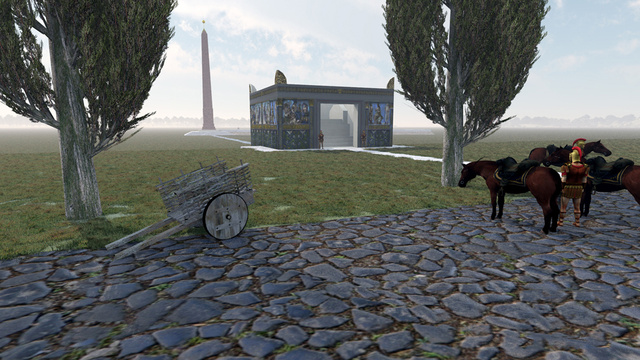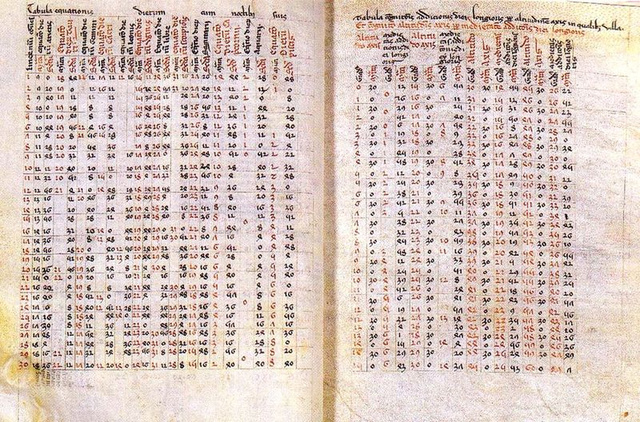Archaeologist Recreates 2,000 Year Old Sun to Study Roman Ruins
Dec 20, 2013 21:05

Bernie Frischer is an "archaeo-informaticist." He came up with a new theory about two Roman monuments, and used 3D reconstructions of them using video game technology and calculations of the sun's position 2,000 years ago.
His work was made possibly in part by Ephmerides, which were once actual tables written on paper. Now, all that can be generated by software.

Example of ephemerides, via Wikimedia Commons
Frischer was interested in a time 2,000 years ago, when Rome's Ara Pacis "Altar of Peace" was dedicated to the emperor Augustus. It sits in front of the 71 foot high Obelisk of Montecitroia, and archaeologists had long believed that they were positioned so that the shadow would point directly at Ara Pacis on September 23, Augustus's birthday.

Frischer and his team believe that the real date is actually October 9. He explains in an Indiana University press release:
"Inscriptions on the obelisk show that Augustus explicitly dedicated the obelisk to his favorite deity, Apollo, the Sun god," Frischer said. "And the most lavish new temple Augustus built, the Temple of Palatine Apollo, was dedicated to his patron god and built right next to Augustus' own home.
"So the new date of the alignment, Oct. 9, is actually what we know to be the annual birthday festival of the Temple of Palatine Apollo," he said. "No other date on the Roman religious calendar would have been as appropriate as this."
Image via video from Indiana University"So the new date of the alignment, Oct. 9, is actually what we know to be the annual birthday festival of the Temple of Palatine Apollo," he said. "No other date on the Roman religious calendar would have been as appropriate as this."







































































